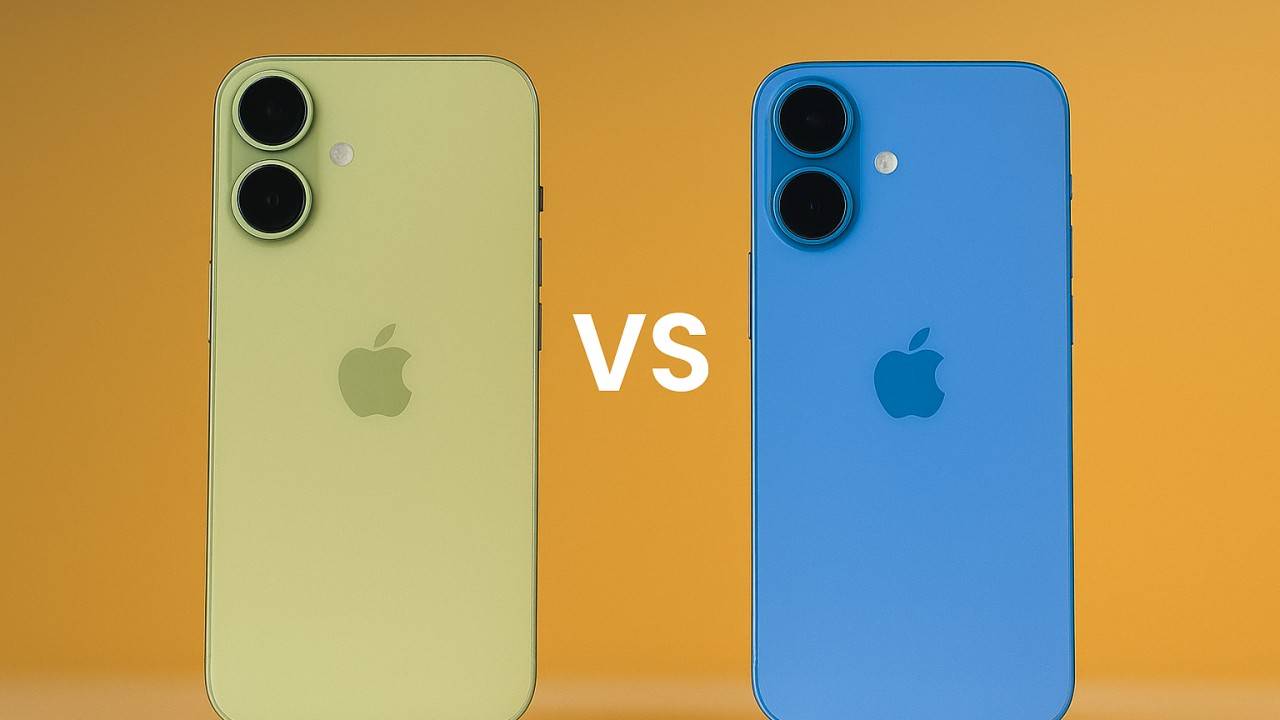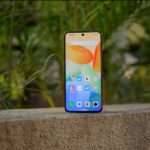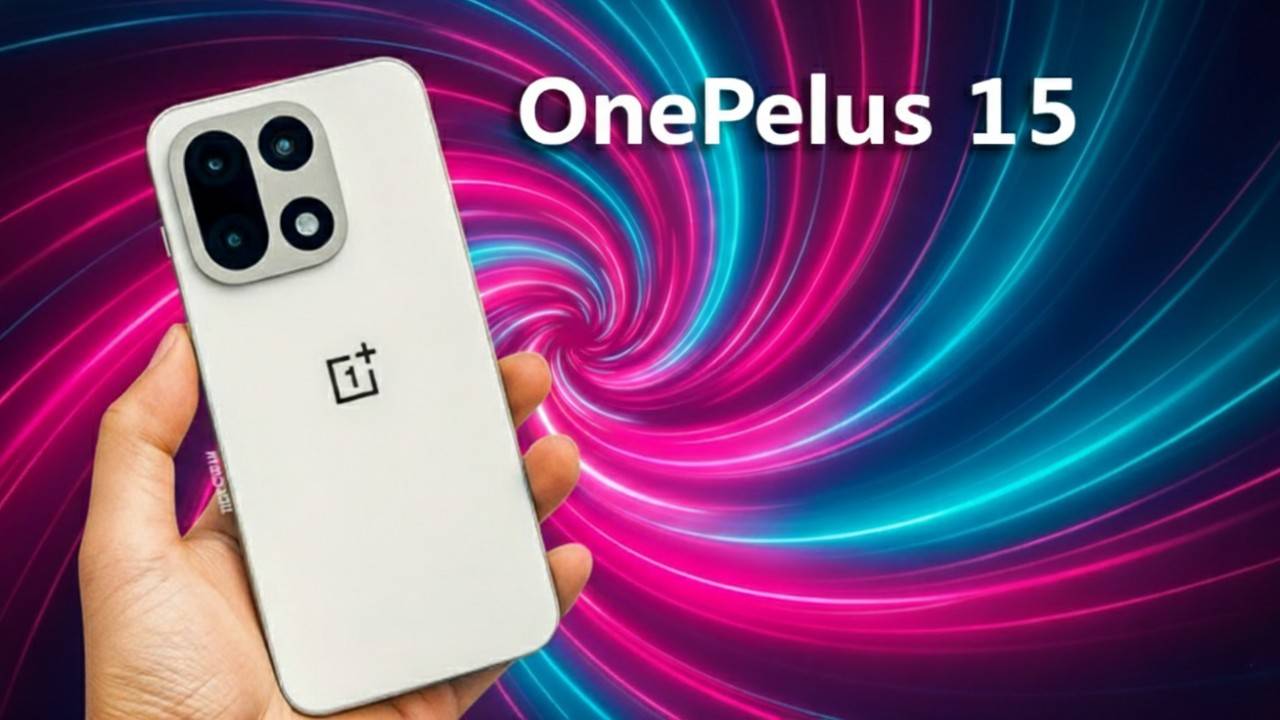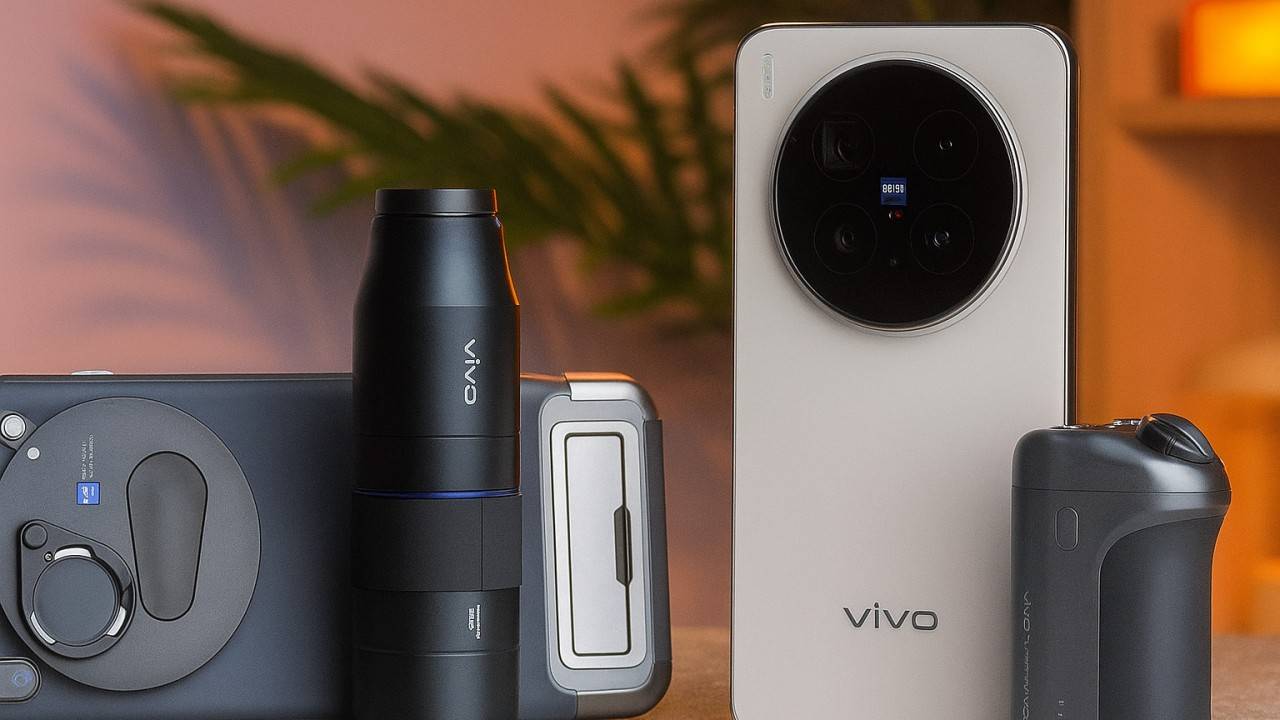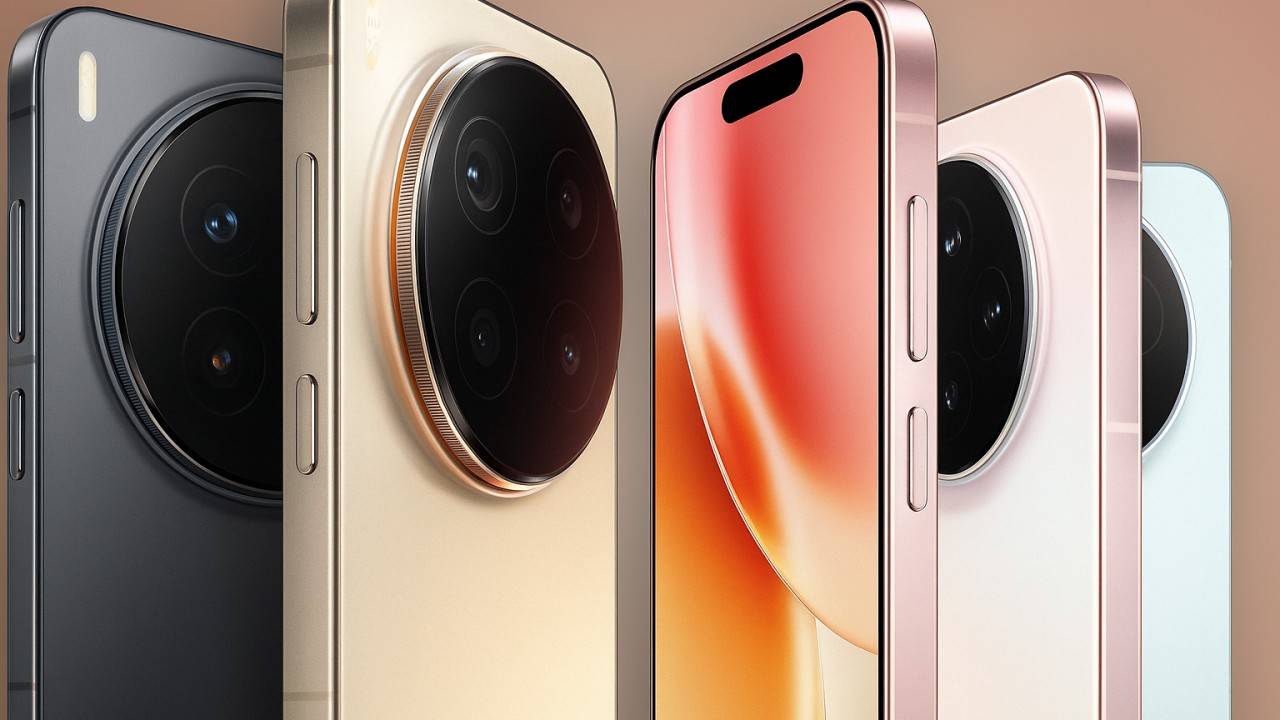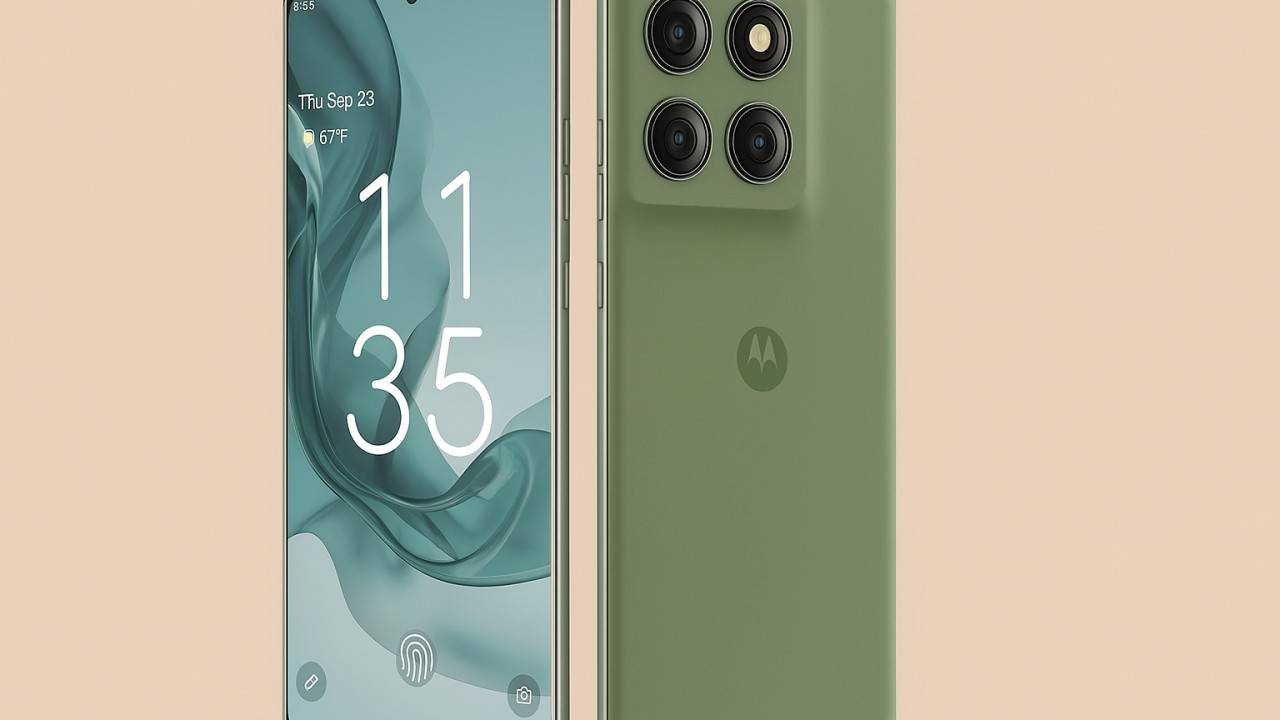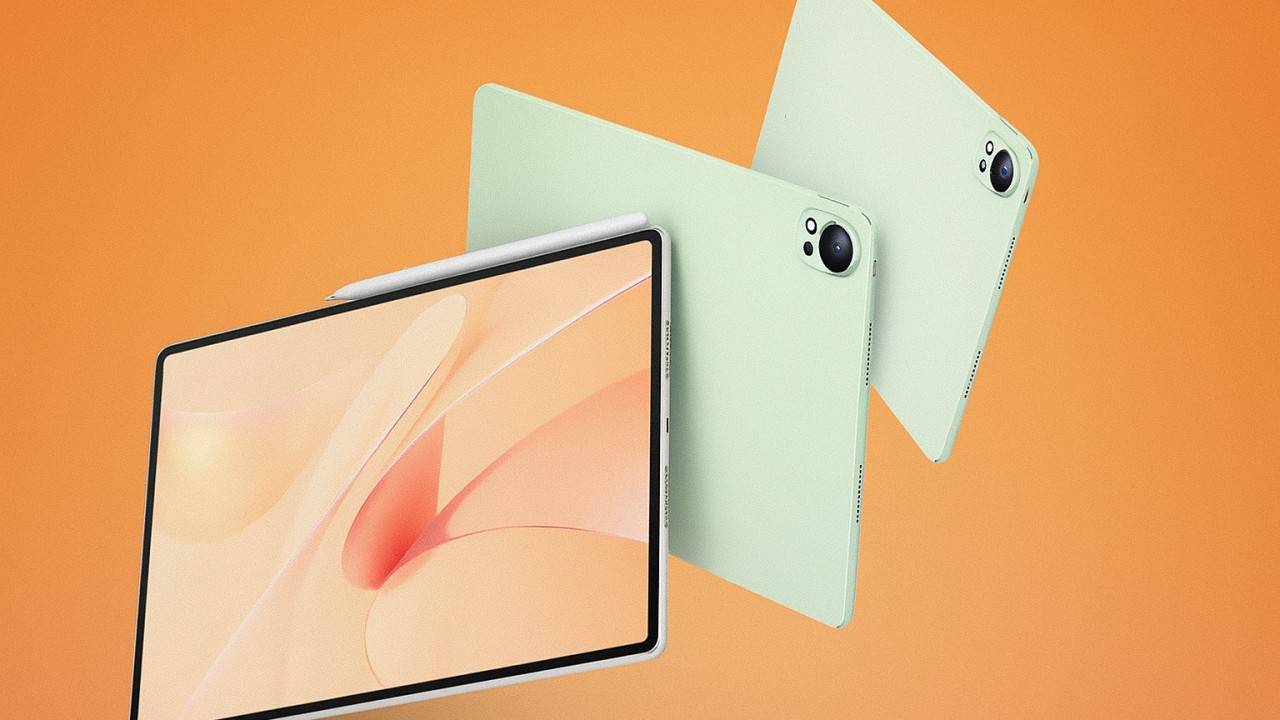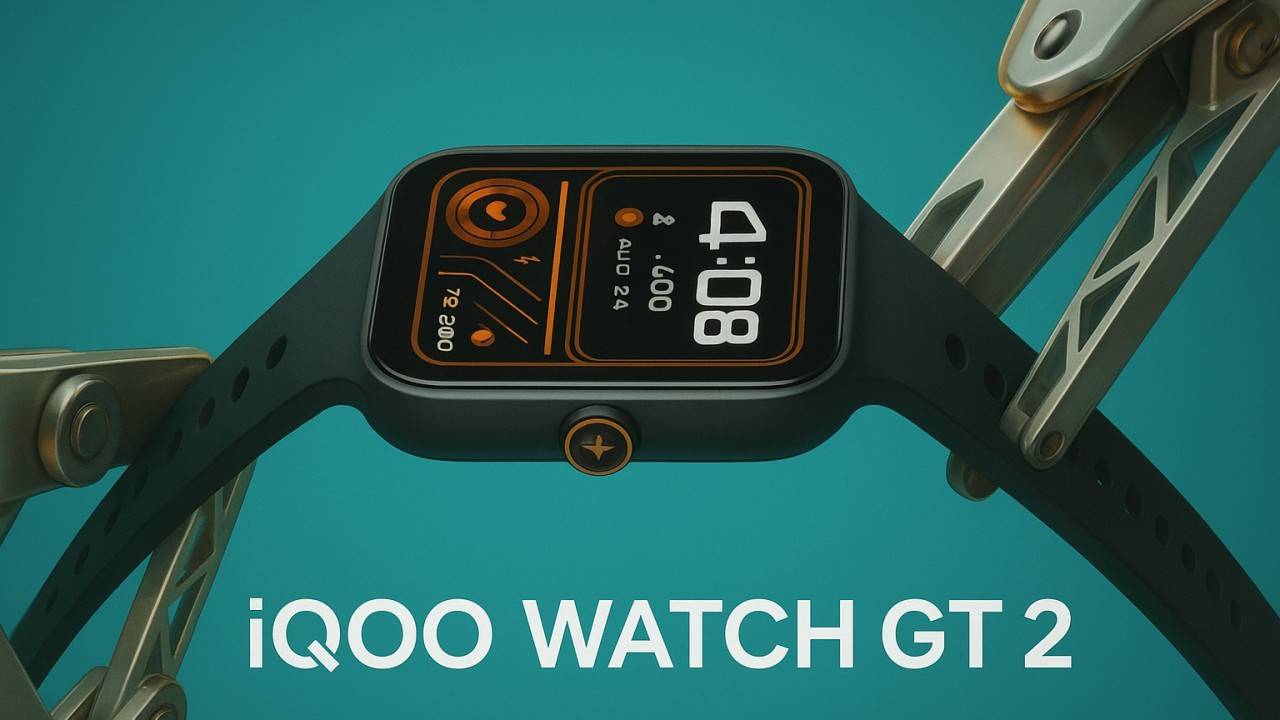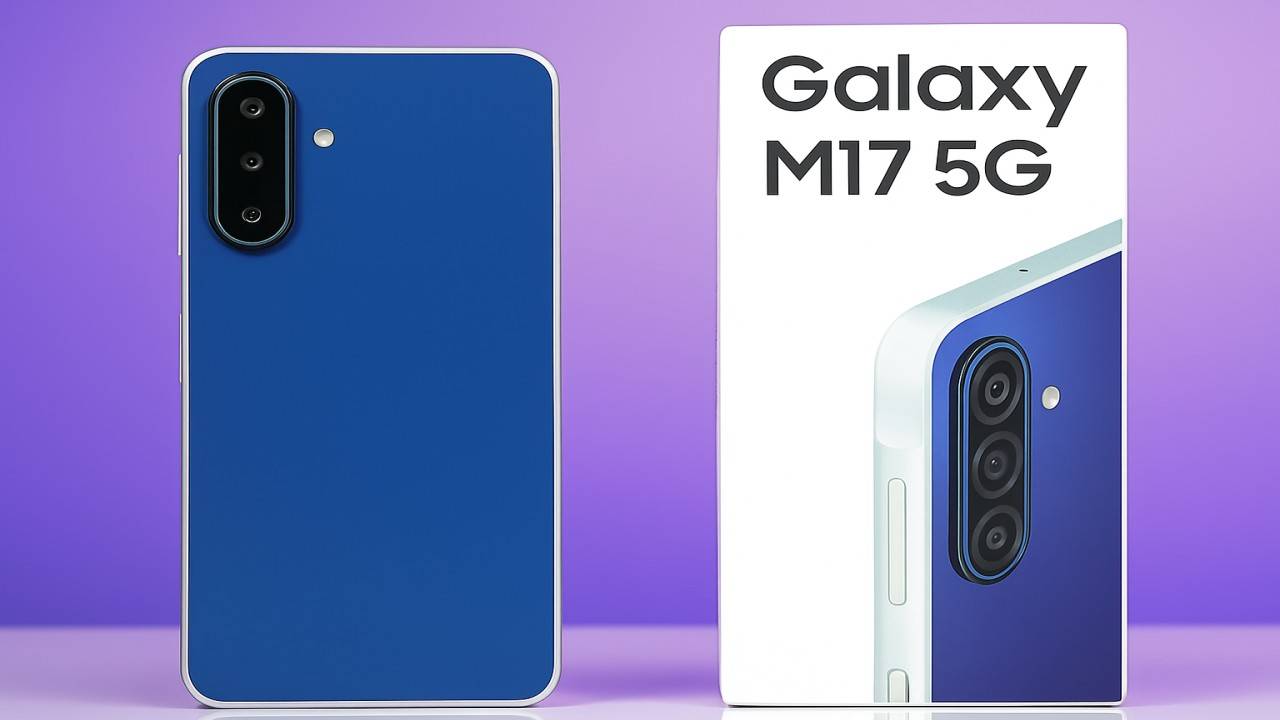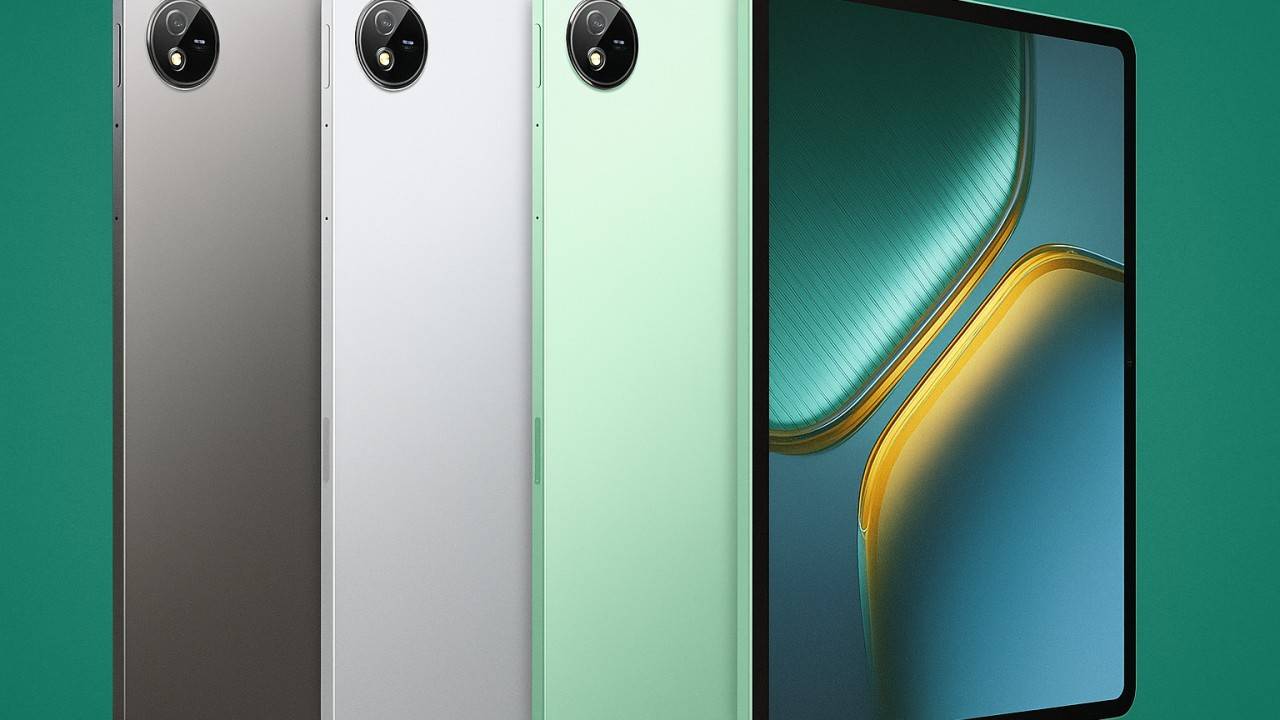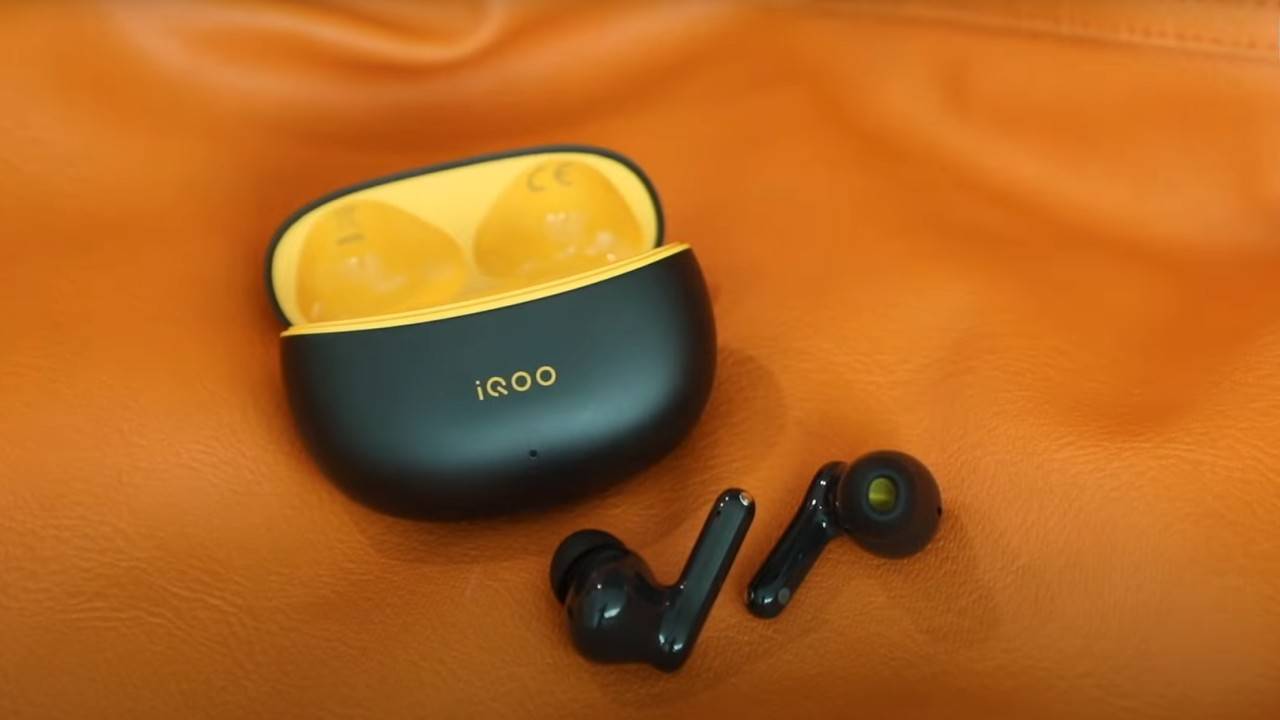Apple’s yearly iPhone launch always raises the same question: Do I upgrade? With the release of the iPhone 17 series in 2025, numerous iPhone 16 users are asking whether the upgrade is worth the cost.
iPhone 16 vs iPhone 17: On paper, iPhone 17 appears to be a giant leap—brighter screen, enhanced cameras, faster processor, and added durability. But how much of that carries over to real-world advantages? And should you buy now or hold out? Let’s dissect it in depth.
Design & Display: The Visual Leap
One of the most striking differences between iPhone 16 and iPhone 17 is the screen.
- iPhone 16 came with a 6.1-inch OLED display and a 60 Hz refresh rate, which had ~2000 nits peak outdoor brightness. It was crisp, vibrant, and consistent, but Apple retained the same refresh rate that most mid-range Android devices had already left behind.
- iPhone 17, in contrast, offers a 6.3-inch Super Retina XDR screen with ProMotion. That translates to a maximum of 120 Hz refresh rate, smoother animation, and more responsive scrolling. Apple has also boosted brightness to an incredible 3000 nits, so outdoor visibility is much improved. The bezels have been slimmed down, and you now have Always-On display support for rapid glanceable information.
For anyone who’s outside a lot or prefers smoother visuals (particularly gamers and heavy social media users), this is an enormous improvement.
Camera Improvements: All About the Details
Apple’s camera hardware tends to determine whether customers upgrade to the next generation, and this year is no exception.
On the iPhone 16, the primary 48 MP sensor was great, but the ultra-wide-angle lens fell short at 12–24 MP based on the model. The front camera was a good 12 MP but didn’t have sophisticated framing capability.
iPhone 17 has now leveled the playing field. All of the rear cameras, including the ultra-wide, are now 48 MP, offering tighter detail and consistency across lenses. The front camera also jumps to ~18 MP, along with Center Stage for auto-framing and a new Dual Capture feature, which allows you to record from both the front and rear cameras at the same time.
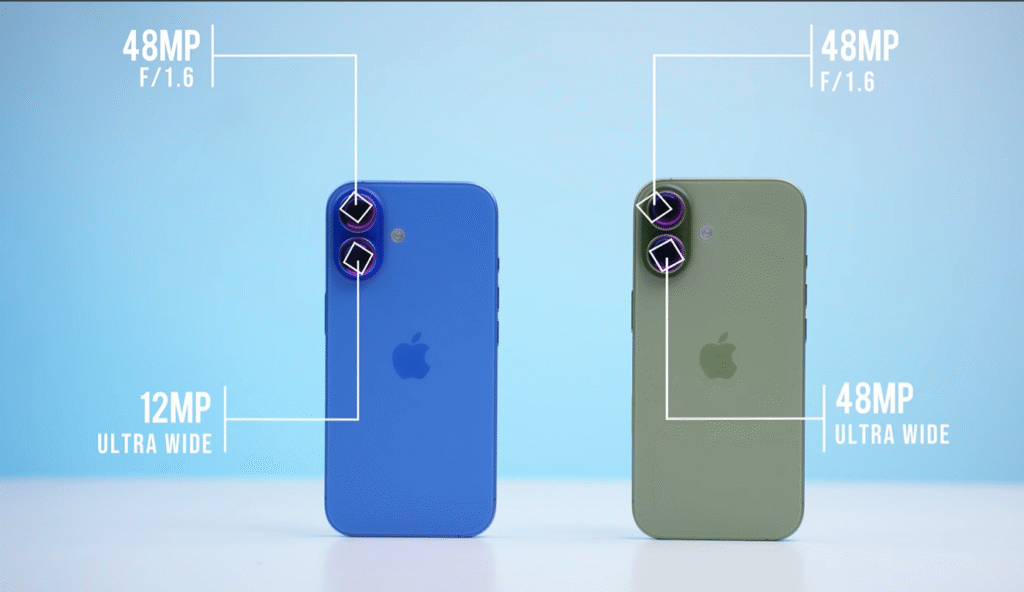
For content creators, vloggers, and selfie takers, this is a definite plus. The average user will also appreciate finer ultra-wide shots and brighter, more vibrant selfies.
Performance & Efficiency: A New Chip Inside
Each year, Apple’s silicon jump is one of the largest reasons to upgrade.
- iPhone 16 was based on the A18 chip—quick, efficient, and more than capable of keeping up with anything you threw at it.
- iPhone 17 debuts the A19 chip, which is based on a cutting-edge 3nm process. This provides enhanced performance, enhanced GPU capabilities for gaming, and an even more robust Neural Engine for artificial intelligence-based tasks. The efficiency also helps with enhanced battery life.
For average users, the experience might seem incremental, but for gamers, professionals, or those who intend to keep their phone for 4–5 years, the A19 chip helps future-proofing.
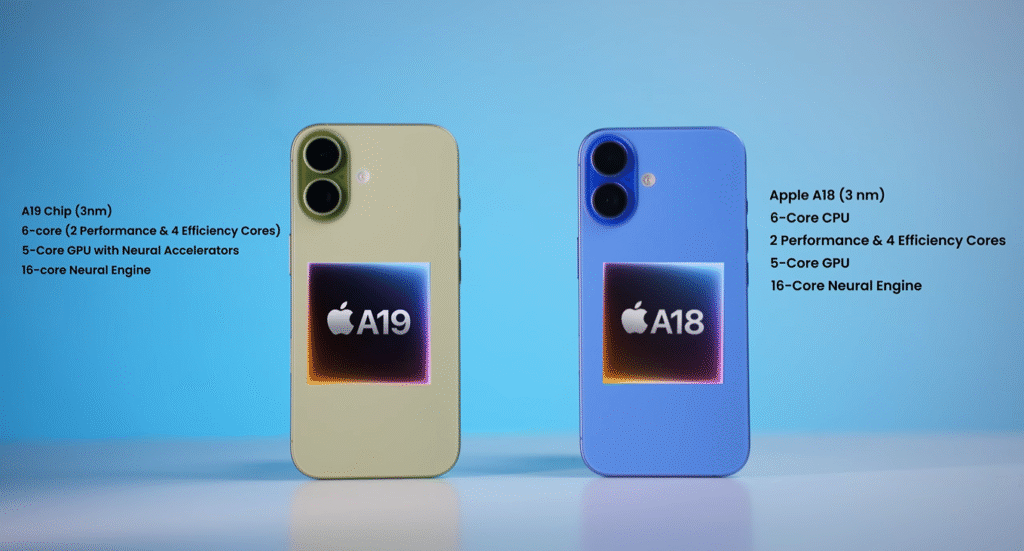
Storage & Value: More Space Out of the Box
Apple made one of the most user-friendly changes this year in a quiet manner by doubling base storage.
- iPhone 16 began at 128 GB, which was great for casual consumers but might feel constraining with high-res photos, 4K video, and app-intensive use.
- iPhone 17 begins at 256 GB, providing you with more leeway in your digital life.
This is particularly useful for creatives and professionals, eliminating the need to spend extra on higher tiers of storage.
Battery & Charging: More Life, Quicker Top-Ups
Battery life has been a determining factor in whether an upgrade is worthwhile for a long time.
- iPhone 16 had approximately 22 hours of video playback and had ~20W fast charging capabilities.
- iPhone 17 pushes this further with up to 30 hours of video playback, a significant bump that power users will appreciate. More importantly, charging speeds are faster—50% in about 20 minutes with Apple’s new 40W fast charger. Wireless charging has also been improved.
If you’ve ever felt your iPhone 16 struggles to last through a busy day, the iPhone 17 is a compelling solution.
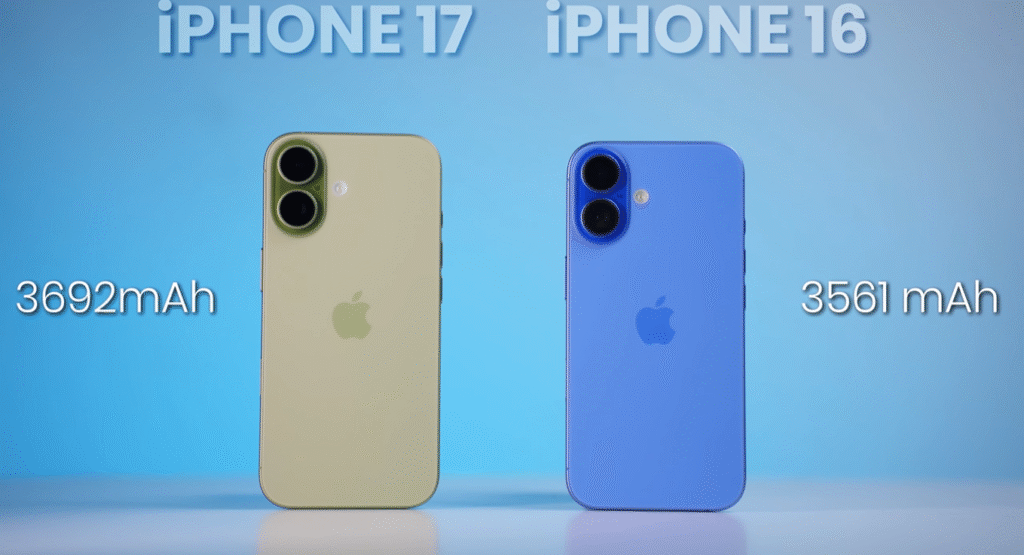
Durability & Build: Subtle but Important
Durability is another domain where Apple has made incremental but significant changes.
- iPhone 16 had the Ceramic Shield front and aluminum construction. It was rugged, but scratches and reflections were still an issue.
- iPhone 17 introduces Ceramic Shield 2, claimed to be 3× more scratch-resistant, along with an anti-reflective coating that reduces glare in bright light. For those who often use their phones outdoors, this is a big quality-of-life improvement.
What Stays the Same?
Not everything has changed. Both models still have:
- Around 8 GB RAM on base models (with higher capacity on Pro models).
- IP68 water and dust resistance.
- MagSafe and Qi wireless charging.
- Comparable overall design aesthetic—although the iPhone 17 is marginally larger and heavier.
If these are your top priorities, you might not notice a tremendous difference.
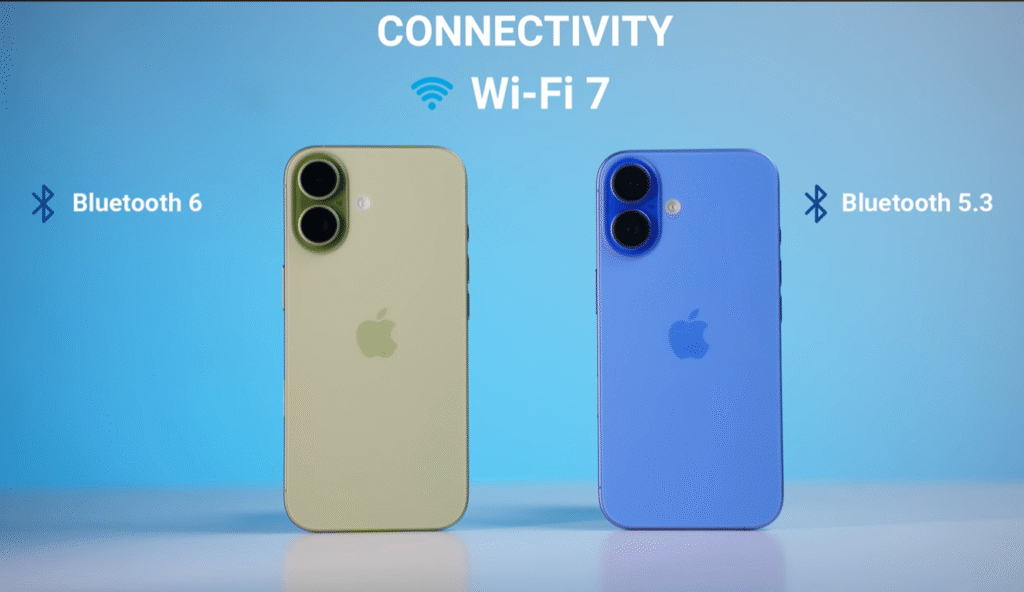
iPhone 16 vs iPhone 17 Comparision Table:
| Feature | iPhone 16 | iPhone 17 | Upgrade Worth Noting |
| Display | 6.1-inch OLED, 60Hz, 2000 nits peak brightness | 6.3-inch Super Retina XDR, 120Hz ProMotion, 3000 nits, Always-On | Much smoother visuals, brighter outdoors |
| Main Camera | 48 MP wide + 12–24 MP ultra-wide | 48 MP wide + 48 MP ultra-wide | Sharper details, more consistent quality |
| Front Camera | 12 MP, no advanced framing | ~18 MP, Center Stage, Dual Capture | Better selfies, vlogging, dual recording |
| Processor | A18 chip (5nm) | A19 chip (3nm) | Faster, more efficient, better for gaming & AI |
| Battery Life | ~22 hours video playback | ~30 hours video playback | Significantly longer usage |
| Charging | 20W fast charging, ~50% in 30 min | 40W fast charging, ~50% in 20 min | Much faster wired & wireless charging |
| Storage | Starts at 128 GB | Starts at 256 GB | Double the base storage |
| Durability | Ceramic Shield, aluminum frame | Ceramic Shield 2, 3× scratch-resistant, anti-reflective coating | Stronger screen, less glare |
| Design & Build | Thicker bezels, slightly lighter | Thinner bezels, slightly heavier | Modern look, more immersive |
| RAM | 8 GB base | 8 GB base (Pro higher) | Mostly the same |
| Water Resistance | IP68 | IP68 | No change |
Who Should Upgrade?
So, is the upgrade worthwhile? It’s up to you.
Upgrade Now If:
- You produce content (photos, videos, and vlogs) and desire enhanced camera features.
- You’re an intensive user who requires all-day battery life and more rapid charging.
- You prize smoother performance and 120 Hz display smoothness.
- You plan to keep your phone for 4+ years and want the most future-proof option.
Consider Holding Onto iPhone 16 If:
- Your iPhone 16 still feels fast and handles your daily tasks with ease.
- You don’t notice (or care about) high refresh rate displays.
- Your phone’s battery life is still holding up.
- Budget is a major factor, and you’d rather wait another year for bigger leaps.
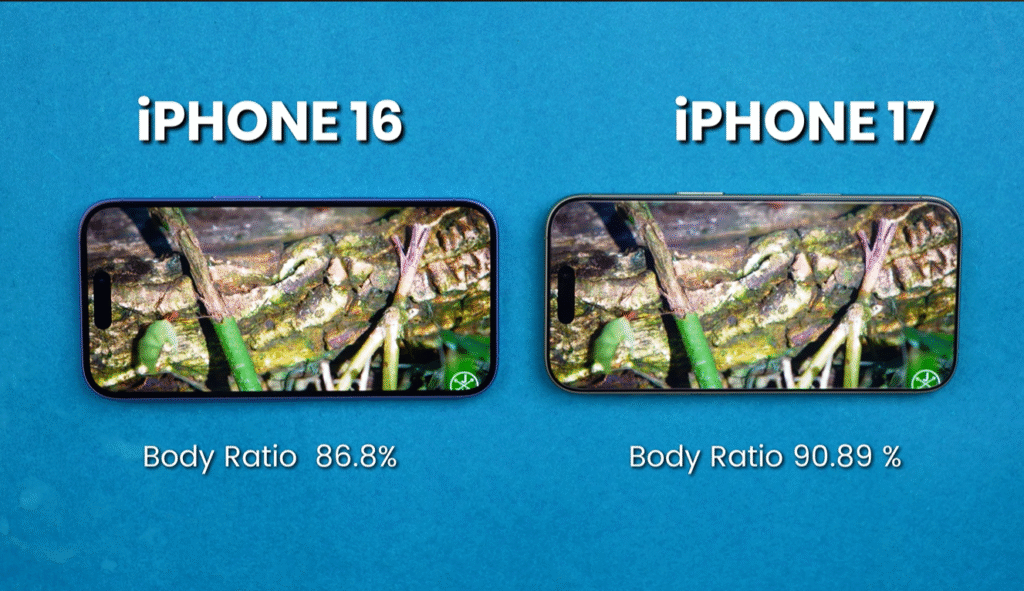
Final Verdict: Worth It or Not?
The iPhone 17 is a substantive upgrade, especially for display resolution, cameras, and battery. These are the things most consumers use every day, so the upgrades feel concrete, not simply technical.
Of course, if you already have an iPhone 16 and it suits your requirements, the upgrade can be more of an evolution than a revolution. For most people, the iPhone 17 is a “nice-to-have” and not a necessity. But if your phone is extensively used for work, content, or heavy usage, the iPhone 17 will be a quality-of-life upgrade.

